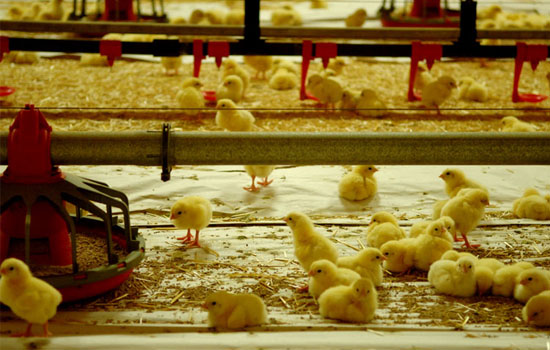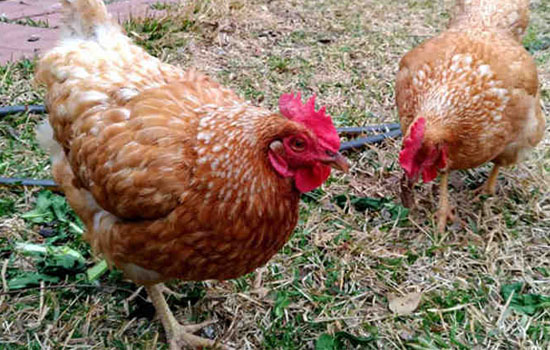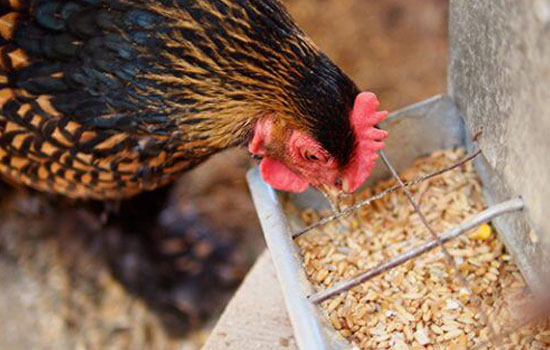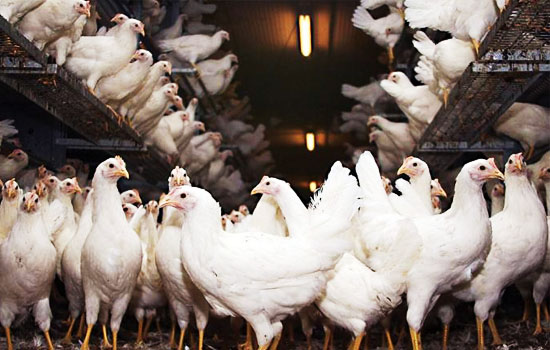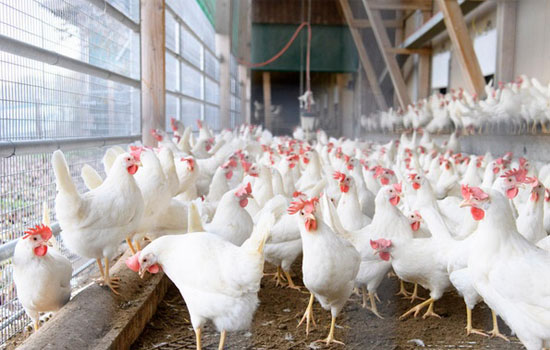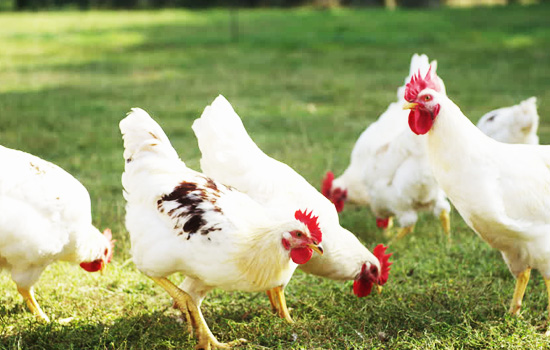Salt is an indispensable substance in the feed of chicken raising equipment. The use of salt can improve the palatability of the feed, promote the appetite of the flock, increase the feed intake, and also improve the utilization of the feed, but the farmers must I know that if the salt in the feed is used improperly, the phenomenon of chicken poisoning will occur, which will affect the health of the chickens. The following small series will tell the farmers about the prevention and control points of salt poisoning in the chickens.
First, the epidemic characteristics of salt poisoning: Generally speaking, the content of salt in plant feed is very small, and the content of animal feed is relatively high, but the amount of salt in the general feed of chicken can not meet the needs of chicken, and chicken body The storage of medium salt is also very limited, so the chicken feed must be mixed with a certain amount of salt, otherwise it will cause the lack of sodium chloride.
Second, the clinical symptoms: If there is salt poisoning in the flock, there will be loss of appetite, digestive disorders, decreased fat and protein synthesis, slow growth or stagnation of chick growth, reduced feed utilization, and paralysis.
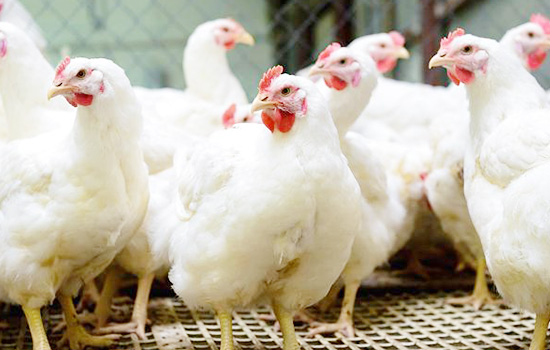
Third, anatomical symptoms: If the lack of sodium in the feed will lead to soft bones, keratinization of the cornea, adrenal hypertrophy, plasma volume reduction; Extremely poor, blood concentration, body dehydration and so on.
Finally, prevention and treatment measures: treatment: 1, adult chickens generally only use 0.5-1.0 grams of salt per day. 2, the amount of salt in the chicken accounted for 0.5-1% of the powder. Prevention: 1. The normal requirement for salt for various ages and different uses is 0.37-0.5% of the diet. Large groups of chickens can add salt in this diet to meet the normal growth and development needs of the chicken. . 2. When feeding too much green and green feed, the salt should be properly added.
The above is the chicken feeding equipment that I told the farmers. In the process of raising chickens, there are some prevention and treatment of salt poisoning in the chickens. I hope that the above description can bring some help to the farmers, thank you for your attention!
